Unit C – Story Fables

This English scheme of work for Key Stage Two gets the children to explore and describe some of the different characters settings and events that can feature in traditional fables, identify families of words with common spellings and practise punctuating direct speech in sentences based on Aesop’s Funky Fables.
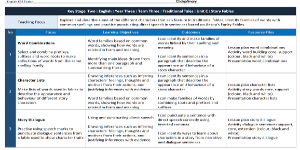
Explore and describe some of the different characters settings and events that can feature in traditional fables that teach the reader a moral lesson
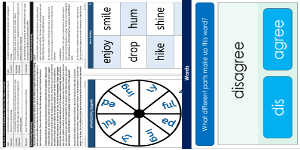
Lesson One : Word Combinations
Explore how to select and combine different sets of prefixes, suffixes and word roots to make collections of words from the same spelling family to use when describing characters from a fable

Lesson Two : Character Lists
Practise selecting and compiling lists of matching words that can be used in fables to describe the appearance and behaviour of different story characters
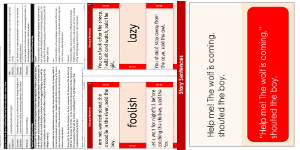
Lesson Three : Story Dialogue
Practise using speech marks to punctuate dialogue sentences from a fable that can be used to show character traits and narrative actions
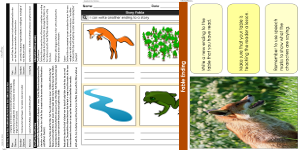
Lesson Four : Fable Ending
Explain and model how to compose an alternative ending to a story fable illustrating the actions and thoughts of characters about the narrative sequence of events

Lesson Five : Fable Writing
Edit and redraft an alternative ending to a story fable to teach the reader another moral lesson through the narrative sequence of events and plot conclusion
-

Length Calculations
Practise using number calculations skills for addition, subtraction, division and multiplication when solving problems related to length measurements
-
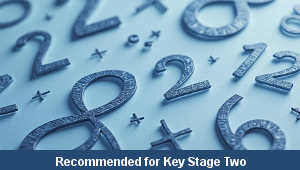
Maths Calculations Assessment
Assess abilities in solving a range of different number problems for addition and subtraction when working with informal and formal written calculations
-

Determinant Lists
Explain and model how to make lists of objects used and found in different locations to match the correct determinants of a and an
-

English SPAG Assessment
Assess abilities in composing sentences for fiction and non-fiction using the correct spellings, punctuation marks and grammar vocabulary phrases
